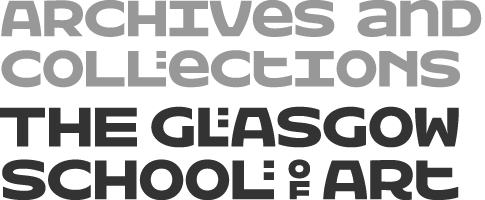Key Information
Type of entity
Person
Authorized form of name
McGibbon, Alexander
Parallel form(s) of name
Standardized form(s) of name according to other rules
Other form(s) of name
Identifiers for corporate bodies
Description area
Dates of existence
1861-1938
History
Architect, Glasgow, Scotland. Alexander ('Sandy') McGibbon was born at 11 Pitt Street, Anderston on 5 February 1861, the son of Alexander McGibbon, engine fitter and maritime engineer, and his wife Jane Cameron Selkirk. He was articled to Harry Blair in Glasgow c.1875, studying at Glasgow School of Art and although not mentioned in his nomination paper, his obituary states that he was an assistant in the office of Campbell Douglas & Sellars. In 1882 according to his own account he obtained a place as a draughtsman in the office of John Honeyman and in 1884 was one of the earliest Scottish architects to take the qualifying exam. He was admitted ARIBA on 9 June the same year, his proposers being Honeyman, David Barclay and Campbell Douglas. In 1889 he moved to Burnet Son & Campbell where he is recorded as having worked alongside A N Paterson; the Honeyman & Keppie staff photograph showing him with McNair, Mackintosh and Whitelaw probably commemorated his departure from that office.
In 1890 McGibbon commenced practice on his own account and was appointed to the staff of Glasgow School of Art as assistant to William James Anderson. The census of the following year recorded him as living with his three unmarried sisters: Christina, a teacher; Annie Jane, described as a housekeeper; and Margaret Helen, a music teacher. Of these Annie Jane subsequently married.
In 1893-94 he contributed to 'The Builder' a series of illustrations of the Scottish cathedrals which established his reputation as a brilliant perspective draughtsman, and his practice thereafter was more as perspectivist than architect. Between 1894 and 1920 he maintained an office, at 109 Hope Street from 1894 to about 1905 and at 248 West George Street thereafter. He succeeded William James Anderson as Director of Glasgow School of Art on the latter's death in 1900 with the title of Professor. Harold Hughes who taught with him in 1920-26 provided a sketch of his years at the School:
'As a teacher McGibbon was indefatigable, and there must be very many architects now in practice who can remember with gratitude his inspiring marginal sketches, kind words and his never failing encouragement. He was a tremendous worker. His practice when at the School of Art was to reach the School in the middle of the morning having had a somewhat late breakfast. He stayed without a break till half-past five. Should be become hungry, he would chew nuts, of which he always carried an ample supply in his pocket. At half-past five he would leave for the good old-fashioned Elizabethan dinner, and returned night after night to the School at seven o'clock, where he stayed till ten o'clock. At ten o'clock he would retire to his small private office and make perspective drawings up to two, three or even four o'clock in the morning. His perspectives were turned out with remarkable rapidity, and the accounts rendered for these perspectives were never in proportion to the work he put into them. If he felt a man could not well afford to pay for the perspectives, McGibbon would most certainly forget to send an account'.
McGibbon retired in 1926 when his portrait was painted by Maurice Greiffenhagen. He never married. Although big-built he was short in stature, the hem of his coats being just above his toecaps. His main interest outwith the profession was St George's Church where he was an elder for 49 years, superintendent of its Sunday school and Convener of its St Michael's Mission Committee. He died of myocarditis at his house, 51 Kessington Road, Bearsden on 5 December 1938.
Places
Legal status
Functions, occupations and activities
Mandates/sources of authority
Internal structures/genealogy
General context
Relationships area
Access points area
Subjects
Place access points
Occupations
Control area
Authority record identifier
Institution identifier
Rules and/or conventions used
Status
Level of detail
Processing information
Language(s)
Script(s)
Sources
Dictionary of Scottish Architects: http://www.scottisharchitects.org.uk/architect_full.php?id=200412

